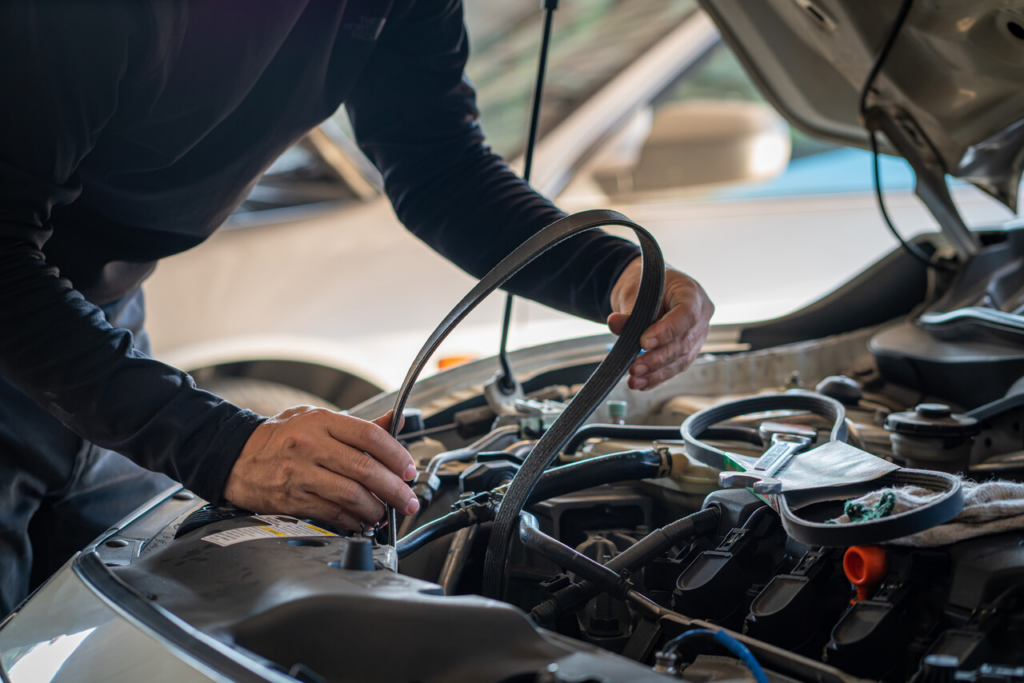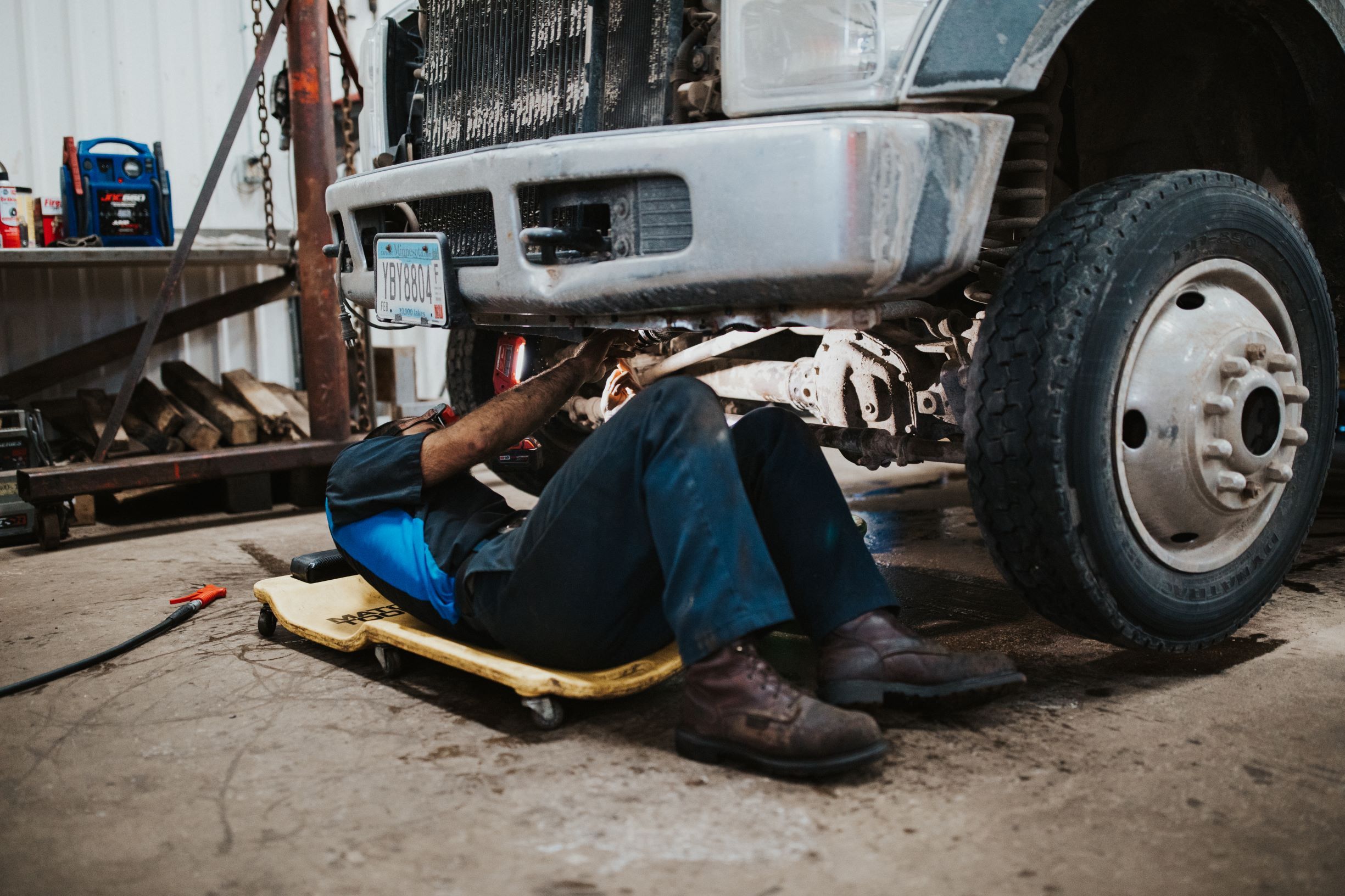The timing belt is a crucial component of every vehicle’s engine which synchronizes the rotation of the camshaft and the crankshaft, ensuring correct operation. Direct damage, as well as general wear and tear, can cause timing belts to degrade over time and ultimately fail. When this happens, your engine may suffer catastrophic damage that leaves your car inoperable, necessitating a very expensive repair. To prevent this from happening, it’s recommended that you replace your timing belt every 60,000 to 100,000 miles.

However, there are several factors that can lead to premature timing belt failure. Keep reading to learn what causes timing belt failure for vehicles in Minnesota and how you can keep it from happening to your car or truck.
5 Common Causes of Timing Belt Failure
- Too Much Wear & Tear – Timing belts will naturally wear themselves out over the course of 60,000 to 100,000 miles, and certain factors can place excess wear and tear on your timing belt, causing it to wear out sooner. Make sure the tensile setting of your timing belt is correct; too much tension can cause the belt to crack and eventually snap, while too little tension can allow the belt to bang against other engine components and sustain damage.
- Extreme Temperature – Timing belts may wear out more quickly in Minnesota than in parts of the country that have more temperate weather. Extreme heat causes timing belts to stretch out while extreme cold makes them contract; both can lead to damage which results in early timing belt failure. It may be a good idea to inspect your timing belt for signs of damage when seasons change and after driving on days of intense weather.
- Debris – Sometimes, debris may be caught in the pulleys of a timing belt. This can cause the teeth of a timing belt to wear down much more quickly than usual and may lead to misalignment over time. Squealing noises coming from your timing belt when in operation are often an indicator of debris. If you hear something unusual, inspect your timing belt and thoroughly clean out any dirt, rust or other debris.
- Leaking – Any liquid leaking into your timing belt can have a detrimental impact. Oil is the most common culprit, but other liquids such as engine coolant and water can be equally problematic. Liquid leaks can cause the teeth of your timing belt to slide around while in operation and, eventually, to fall off entirely, resulting in timing belt failure.
- Age – While many factors can cause early timing belt failure, most often timing belts fail when they grow too old. After 100,000 miles in operation, timing belts will be stretched, cracked, and likely to snap. Make sure to schedule timing belt replacement at a trusted auto repair shop in Minnesota before your timing belt deteriorates to the point where it fails while in operation.
Trusted Auto Mechanics for Timing Belt Replacement in MN
Are you concerned that your timing belt may be deteriorating and on its way to failure? If so, contact Arvu Auto today to schedule an appointment for timing belt replacement at our shop in the West Minneapolis metro!





